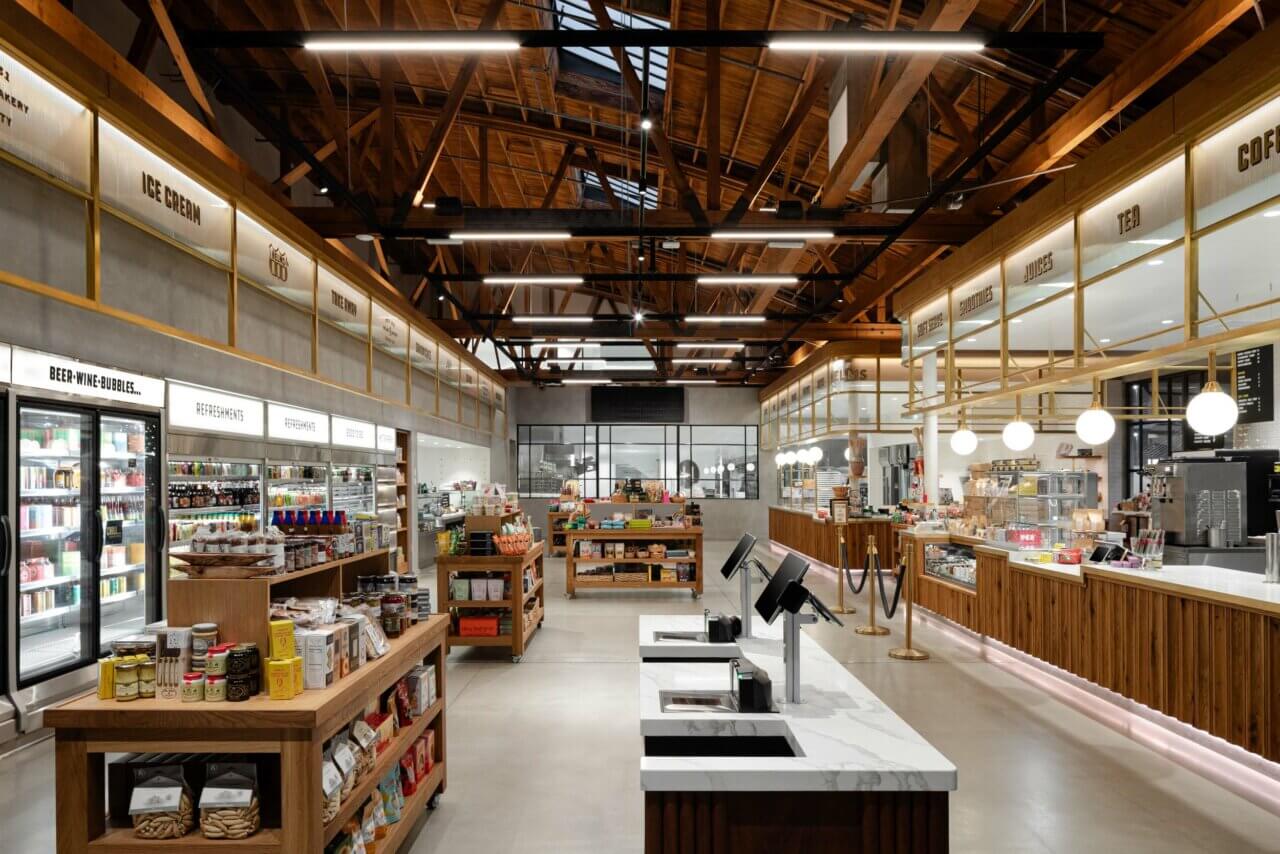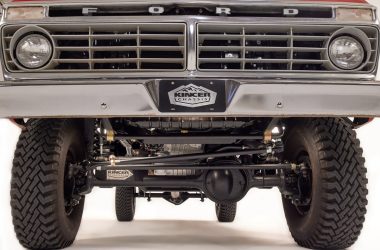That crisp crunch of a freshly picked pepper. The sweet, sun-warmed juice of a tomato from the vine. We all know that locally grown food just… tastes better. But have you ever stopped to think about the incredible journey that most produce takes to reach your plate? Honestly, it’s a logistical marathon.
That’s where the powerful, beautiful combination of sustainable truck farming and eco-conscious transportation comes in. It’s a quiet revolution happening in our fields and on our highways, aiming to bring you that farm-fresh flavor while healing the planet, one mile at a time.
What is Sustainable Truck Farming, Really?
Let’s break it down. Truck farming, at its core, is the business of growing vegetables for market. It’s often small to mid-scale. The “sustainable” part is where the magic happens. It’s about working with nature, not against it.
Think of it like building a resilient, self-sufficient ecosystem instead of fighting a constant war against pests and depleted soil. It’s a long-term relationship with the land.
The Core Principles in Action
So, what does this actually look like on the ground? Well, it’s a mix of old-school wisdom and new-age tech.
- Building Living Soil: This is the foundation. Instead of relying solely on synthetic fertilizers, sustainable farmers use compost, cover crops, and crop rotation. It’s like feeding the soil a rich, diverse diet so it can, in turn, feed the plants. Healthy soil also acts as a massive carbon sink—a win for our climate.
- Water Wisdom: Drip irrigation and rainwater harvesting are the heroes here. These methods deliver water directly to the plant’s roots, minimizing evaporation and runoff. It’s like using a precision eyedropper instead of a fire hose.
- Biodiversity as a Shield: Monocultures—huge fields of just one crop—are an open invitation for pests. Sustainable farms interplant different crops and encourage beneficial insects and birds. It’s a natural pest control service, free of charge.
- Closing the Loop: This is a big one. The goal is to create little to no waste. Misshapen carrots? They become carrot soup or get composted. Plant debris? It goes back into the compost pile to nourish next season’s growth. It’s a beautiful, circular system.
The Other Half of the Equation: Rethinking the Ride to Market
You can grow the most sustainable tomato in the world, but if it travels 2,000 miles in a gas-guzzling refrigerated truck, a big part of that environmental benefit is lost. This is the dirty secret of the modern food system. The good news? The wheels of change are turning here, too.
Greening the Miles: Transportation Innovations
The focus here is on reducing what’s known as “food miles” and the carbon footprint of each mile traveled. Here’s the deal with the latest advancements.
| Method | How It Works | Sustainability Perk |
| Electric & Hydrogen Refrigerated Trucks | Uses battery electric or hydrogen fuel cell technology to power both the truck and its cooling system. | Zero tailpipe emissions. A game-changer for local and regional distribution. |
| Intermodal Freight Transport | Combines different modes of transport, like using trains for the long haul and trucks for the final “last mile.” | Trains are significantly more fuel-efficient per ton of freight than trucks. |
| Route Optimization Software | Advanced AI plans the most efficient delivery routes, reducing idle time and unnecessary mileage. | Saves fuel, reduces emissions, and gets food to market faster. |
| Improved Cold Chain Logistics | Better insulation, more efficient refrigeration units, and phase-change materials that maintain temperature. | Reduces energy consumption and food spoilage—a huge win. |
And let’s not forget the power of the local food movement. By supporting community-supported agriculture (CSA) boxes and farmers’ markets, you are inherently shortening the supply chain. That tomato might travel 20 miles instead of 2,000. The impact is massive.
When Farm and Transport Work in Tandem
The real magic happens when these two worlds—sustainable farming and green transport—collide. It creates a virtuous cycle.
A farm using regenerative practices might have a lower carbon footprint from the start. Pair that with an electric delivery vehicle powered by solar panels on the barn roof? Now you’re looking at a truly net-zero, or even net-positive, food product.
Furthermore, farms that sell directly to consumers or local stores can often use simpler, less energy-intensive packaging and handling. Less time in cold storage, more time in your kitchen.
The Tangible Benefits: Why This All Matters
This isn’t just some feel-good, abstract concept. The benefits are real, measurable, and they ripple outwards.
- For the Planet: Reduced greenhouse gas emissions, healthier soils that sequester carbon, and cleaner water systems.
- For Your Health: Produce that travels shorter distances is often harvested at peak ripeness, meaning it’s packed with more nutrients. And let’s be honest, it just tastes incredible.
- For the Economy: This model supports local jobs and keeps money circulating within your community. It builds resilience against global supply chain disruptions, too.
- For Food Security: Diverse, local food systems are less vulnerable to the shocks that can affect massive, centralized operations.
The Road Ahead is Greener
Sure, there are challenges. The initial cost of electric trucks is high. Scaling up sustainable practices takes knowledge and time. But the trajectory is clear. The demand for transparent, ethically sourced food is growing louder every day.
We’re moving away from a system that views food as a simple commodity and towards one that values it as a product of a living ecosystem. It’s a shift from a linear path of “take, make, dispose” to a circular one of “renew, sustain, replenish.”
So the next time you bite into that apple or slice that cucumber, think about its journey. It’s more than just food. It’s a statement about the kind of world we want to cultivate—one that is healthier, more flavorful, and truly sustainable, from the ground up.







